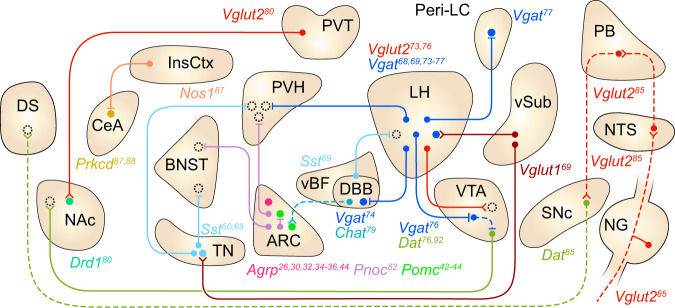Fig. 2. Summary of the circuits for non-homeostatic appetite.
Each circle denotes a neural population that sends or receives signals involved in non-homeostatic appetite. Filled circles include genetically defined populations, whereas broken circles indicate projection targets of unknown identity. Solid lines and dashed lines indicate connections that are orexigenic and anorexigenic when artificially activated, respectively. Split terminals indicate activation of target neurons, and bar terminals indicate inhibition of target neurons. Specific marker genes are indicated by color-coded labels adjacent to regions that contain soma of each population. Note that not all connections depicted here have been confirmed to be monosynaptic. The listed genes encode Vgat, vesicular GABA transporter; Vglut2, vesicular glutamate transporter 2; Vglut1, vesicular glutamate transporter 1; Pomc, pro-opiomelanocortin; Dat, dopamine active transporter; Pnoc, prepronociceptin; Drd1, dopamine receptor D1; Sst, somatostatin; Prkcd, protein kinase c delta; Nos1, nitric oxide synthase 1; and Chat, choline acetyltransferase. Abbreviations: DS, dorsal striatum; NAc, nucleus accumbens; CeA, central amygdaloid nucleus; InsCtx, insular cortex; BNST, bed nucleus of the stria terminalis; TN, tuberal nucleus of the hypothalamus; PVH, paraventricular hypothalamic nucleus; PVT, paraventricular thalamic nucleus; vBF, ventral subdivision of the basal forebrain; DBB, diagonal band of Broca; LH, lateral hypothalamic area; VTA, ventral tegmental area; peri-LC, peri-locus coeruleus; vSub, ventral subiculum; SNc, substantia nigra pars compacta; PB, parabrachial nucleus; NTS, nucleus of the solitary tract; NG, nodose ganglion.

